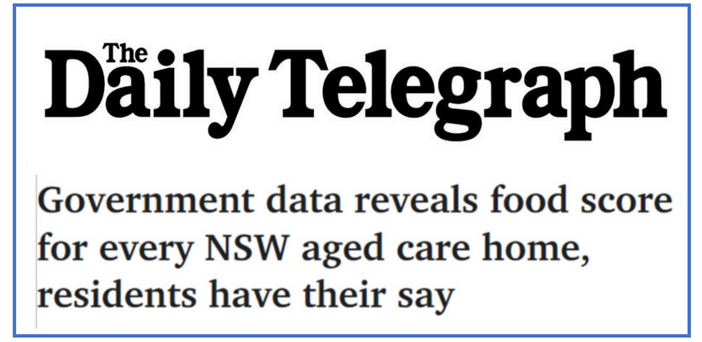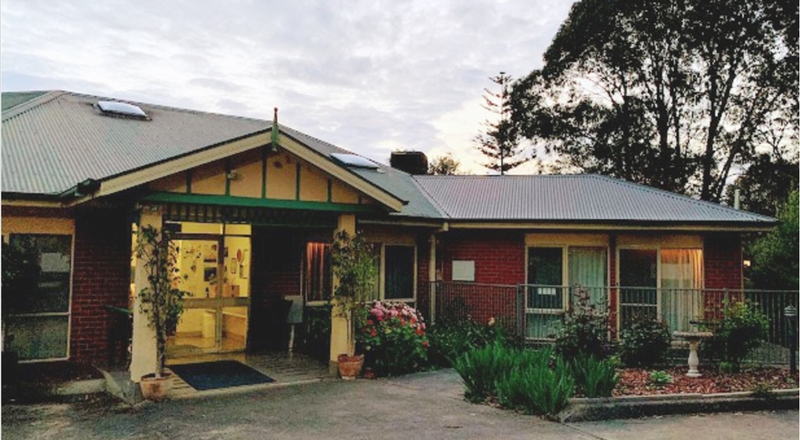Media uses food star ratings data in sensationalist aged care league tables
Over the last week, News Corp mastheads around the country have been publishing league tables of aged care home food ratings as a basis for stories about food quality in aged care. “Aged care homes ranked for food,” the headlines scream. The...

Over the last week, News Corp mastheads around the country have been publishing league tables of aged care home food ratings as a basis for stories about food quality in aged care. “Aged care homes ranked for food,” the headlines scream. The Daily Telegraph, The Courier Mail, The Advertiser and The Herald Sun have published food score tables containing data for every residential aged care home in each publication’s respective states. It’s unclear where the scores came from, but they may have been calculated by the media using publicly available data. ‘Highest Rated’ and ‘Lowest Rated’ tables show the best and worst scores aged care homes have received. It makes for a great headline, but is this kind of reporting useful for a sector that has already received so much negative press? The aged care workforce is already exhausted after enduring three years of COVID and exasperated by the lack of respect they receive in the community. There is a workforce crisis – this type of negative sensationalist reporting is part of the reason it’s difficult to get people to work in aged care. Food, of course, is an essential component of the aged care experience and both the Government and the regulator have gone to lengths to try to improve food in residential aged care. The Department’s $10 a day daily supplement was intended to improve nutrition, and the Aged Care Quality and Safety Commission has developed a range of tools to help providers improve their food standards. A spokesperson for the Department of Health and Aged Care said, “Individual food data for residential aged care services is publicly available through the Star Ratings published on the My Aged Care Website. “Residential aged care services receive an overall Star Rating based on four subcategory ratings, all of which publish data relevant to food and nutrition including: - Resident experience – includes surveys undertaken by an independent workforce, which use a global best practice quantitative research methodology, and ask up to 20% of residents annually “do you like the food here”
-Compliance – includes regulatory activity by the Aged Care Quality and Safety Commission which considers whether or not a service is meeting its legislated food and nutrition requirements
- Staffing – includes the care minutes of personal care workers who provide eating assistance
- Quality measures – includes quality indicators where food and nutrition can have a major impact including unplanned weight loss, falls and major injury and pressure injuries.
“The Department of Health and Aged Care is also measuring food and nutrition expenditure of residential aged care services as part of the Quarterly Financial Report. While this does not directly contribute to Star Ratings, providers spending less than $10 are referred to the Aged Care Quality and Safety Commission to consider as part of their regulatory intelligence.”





